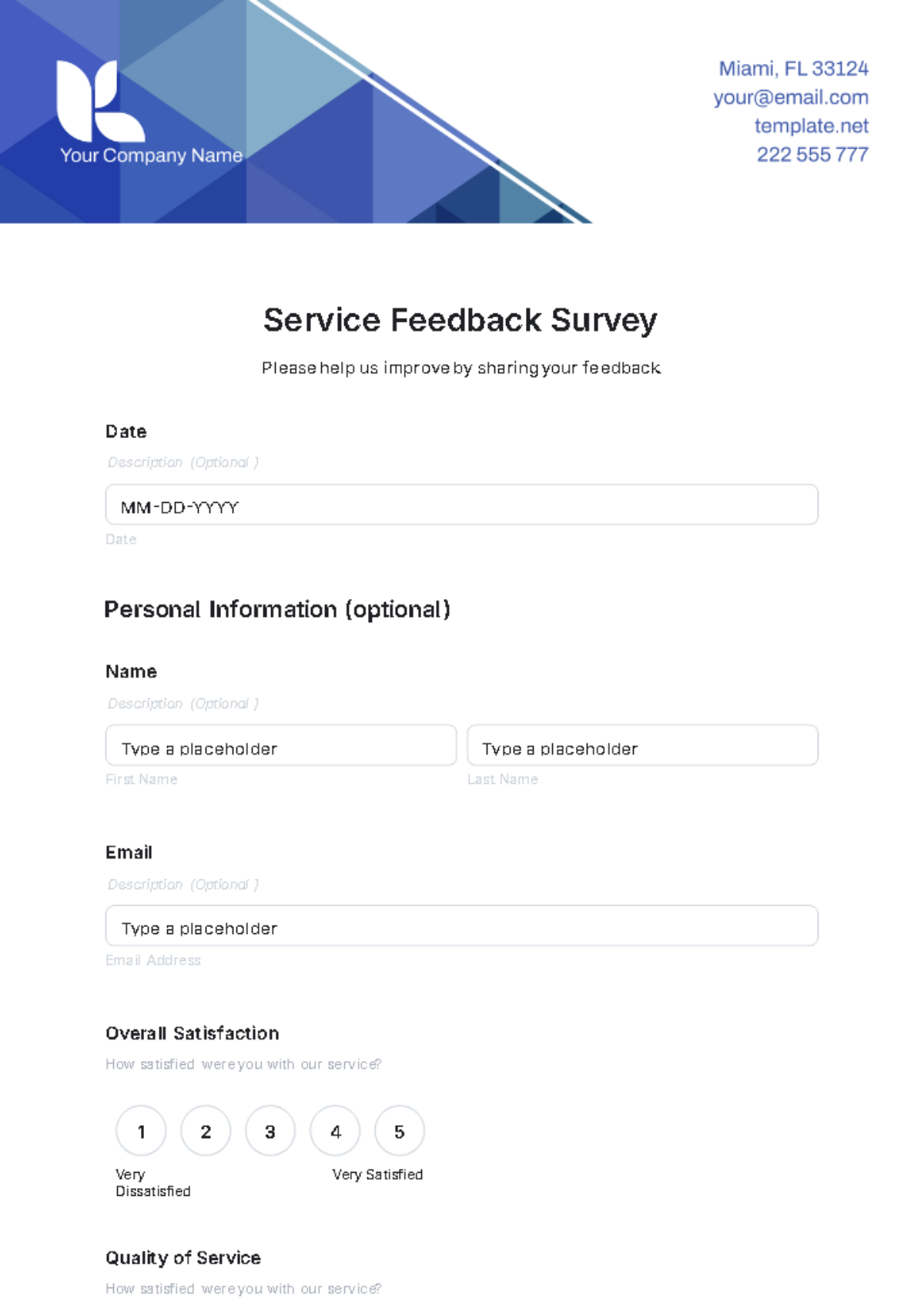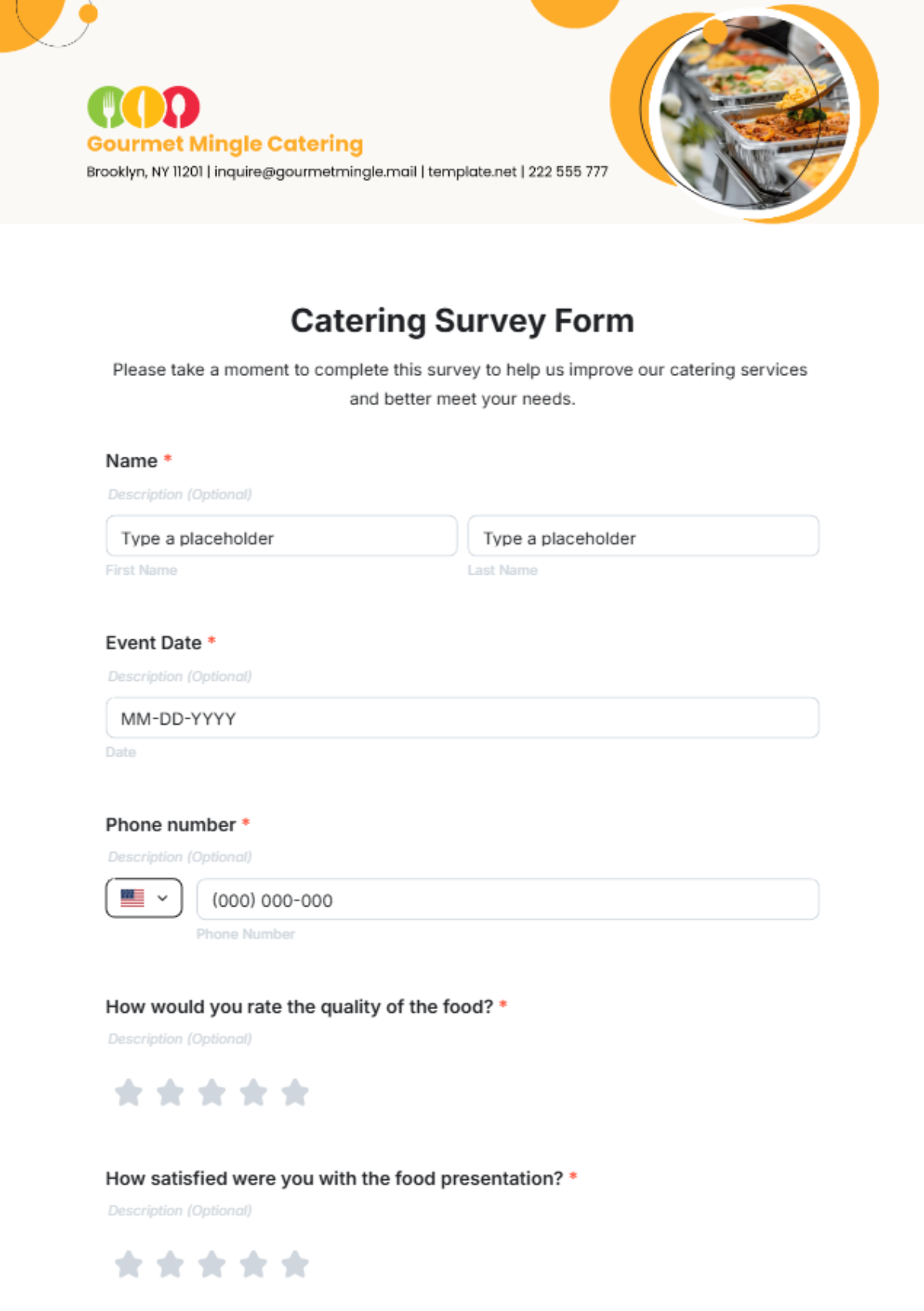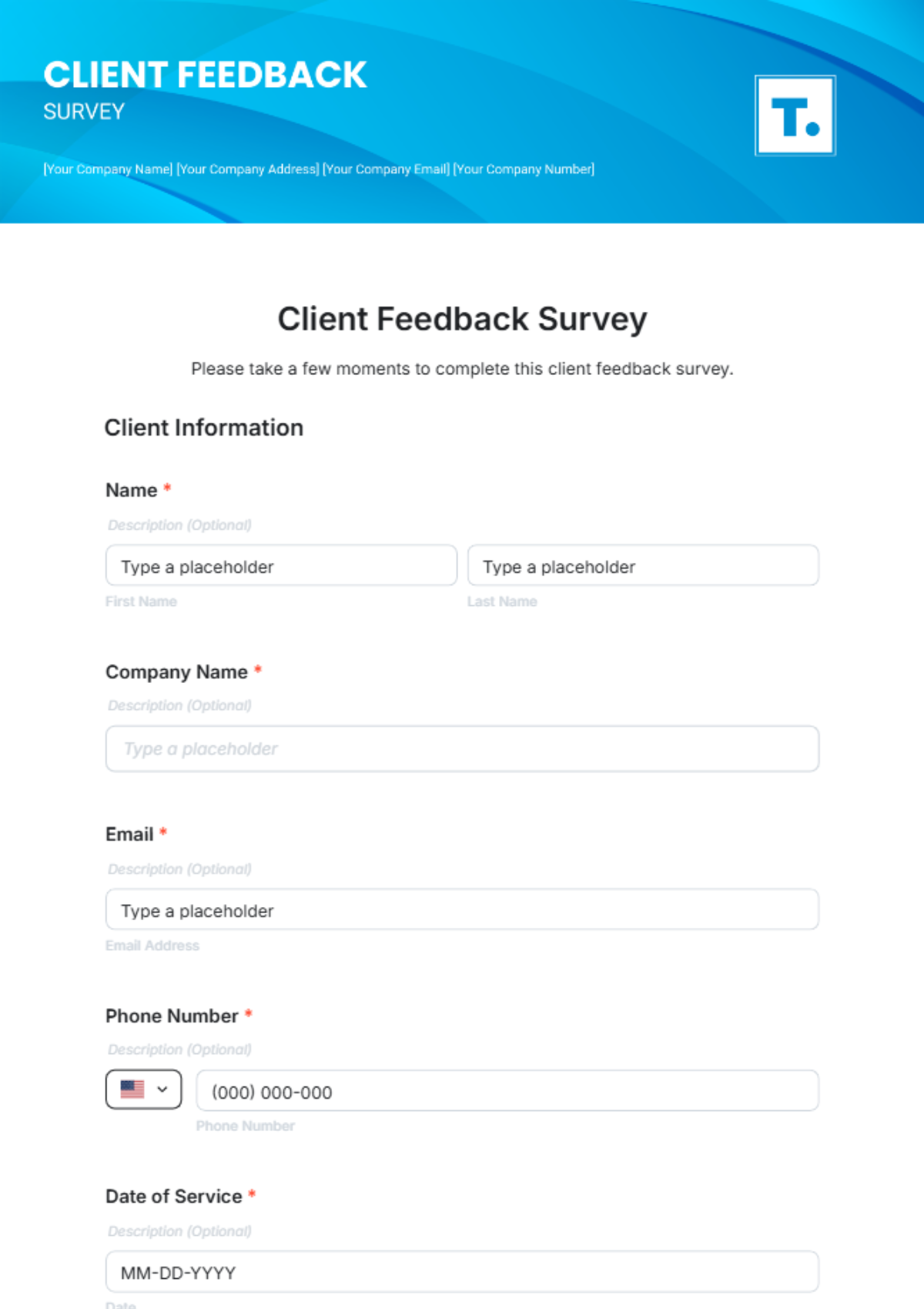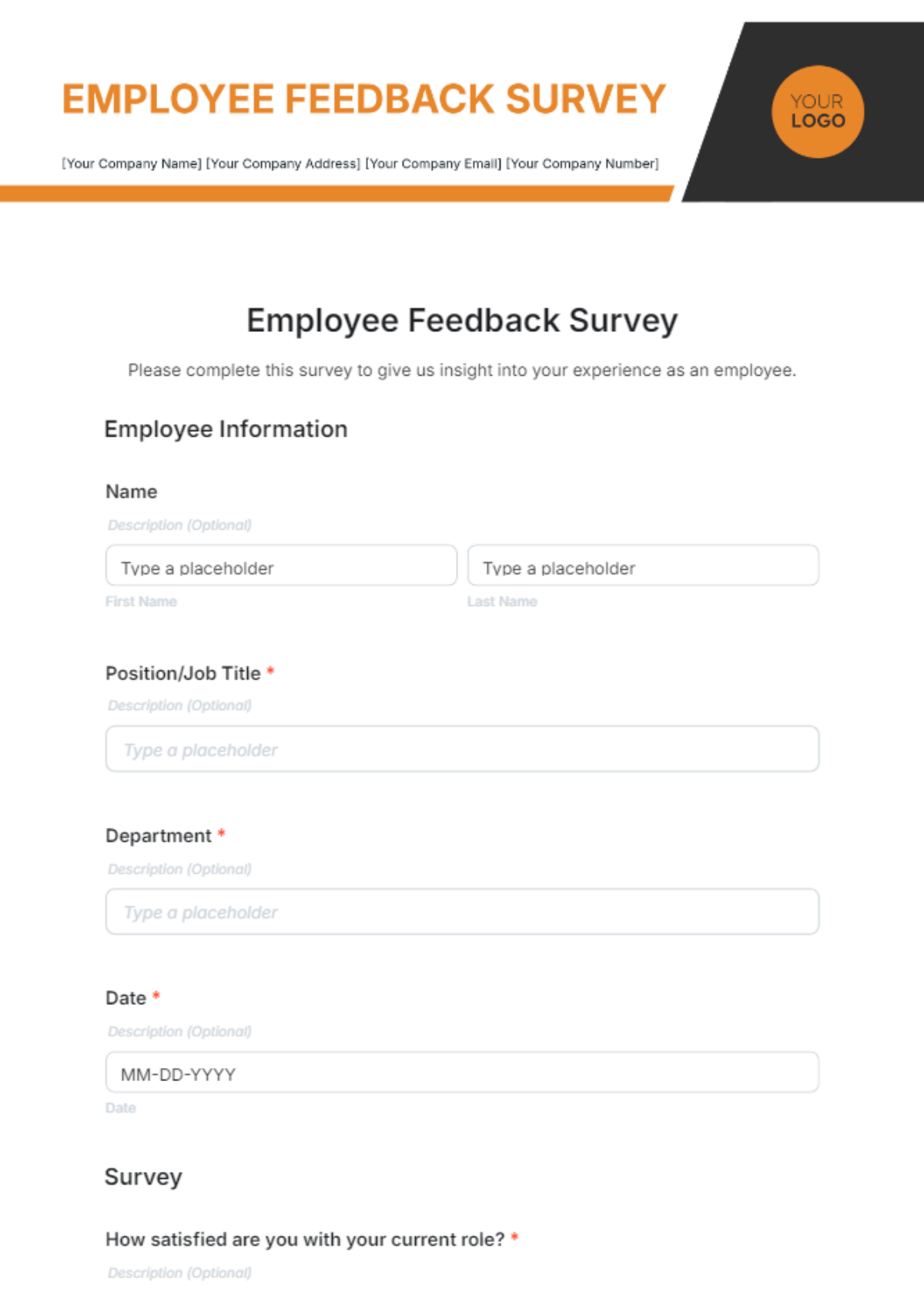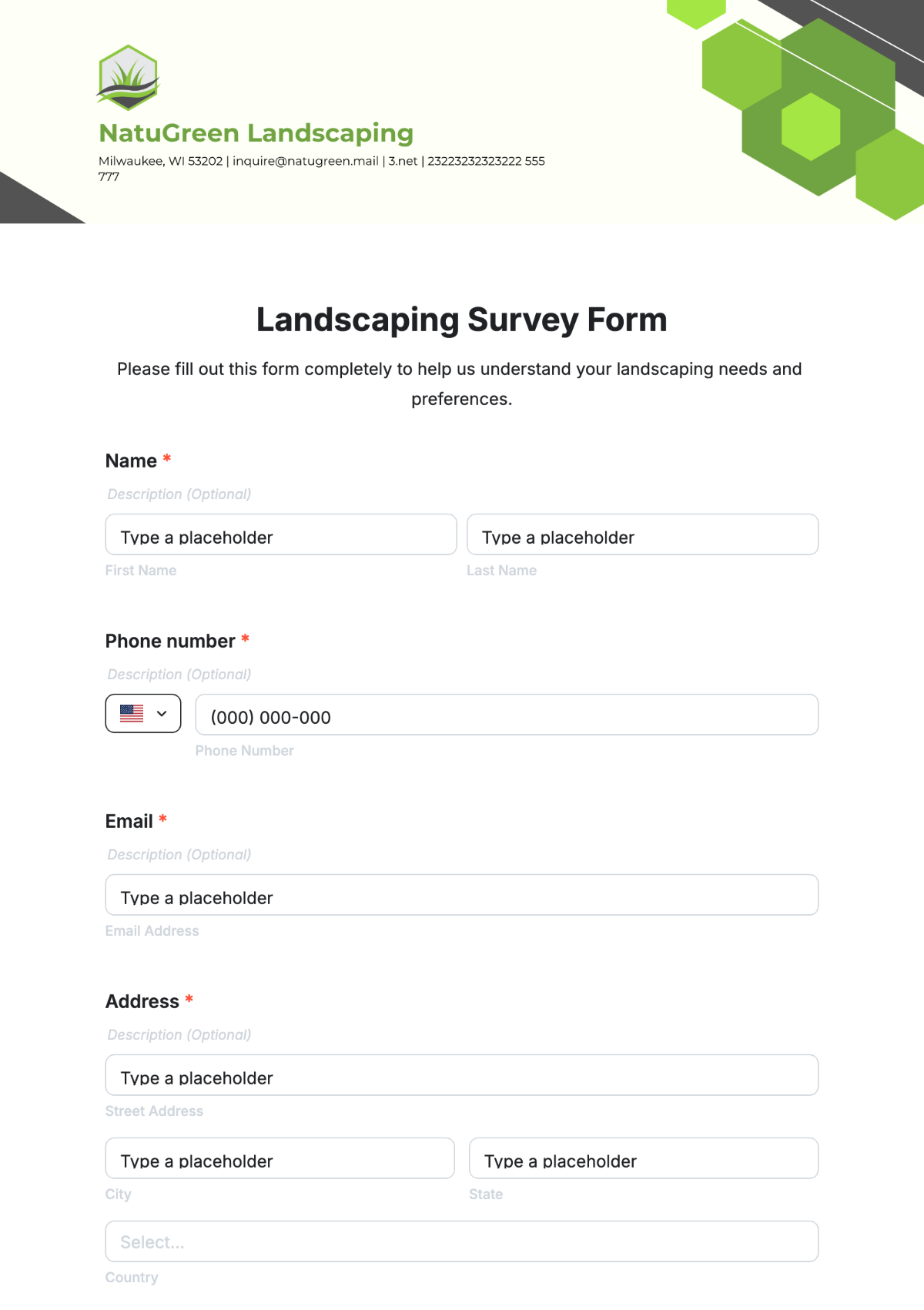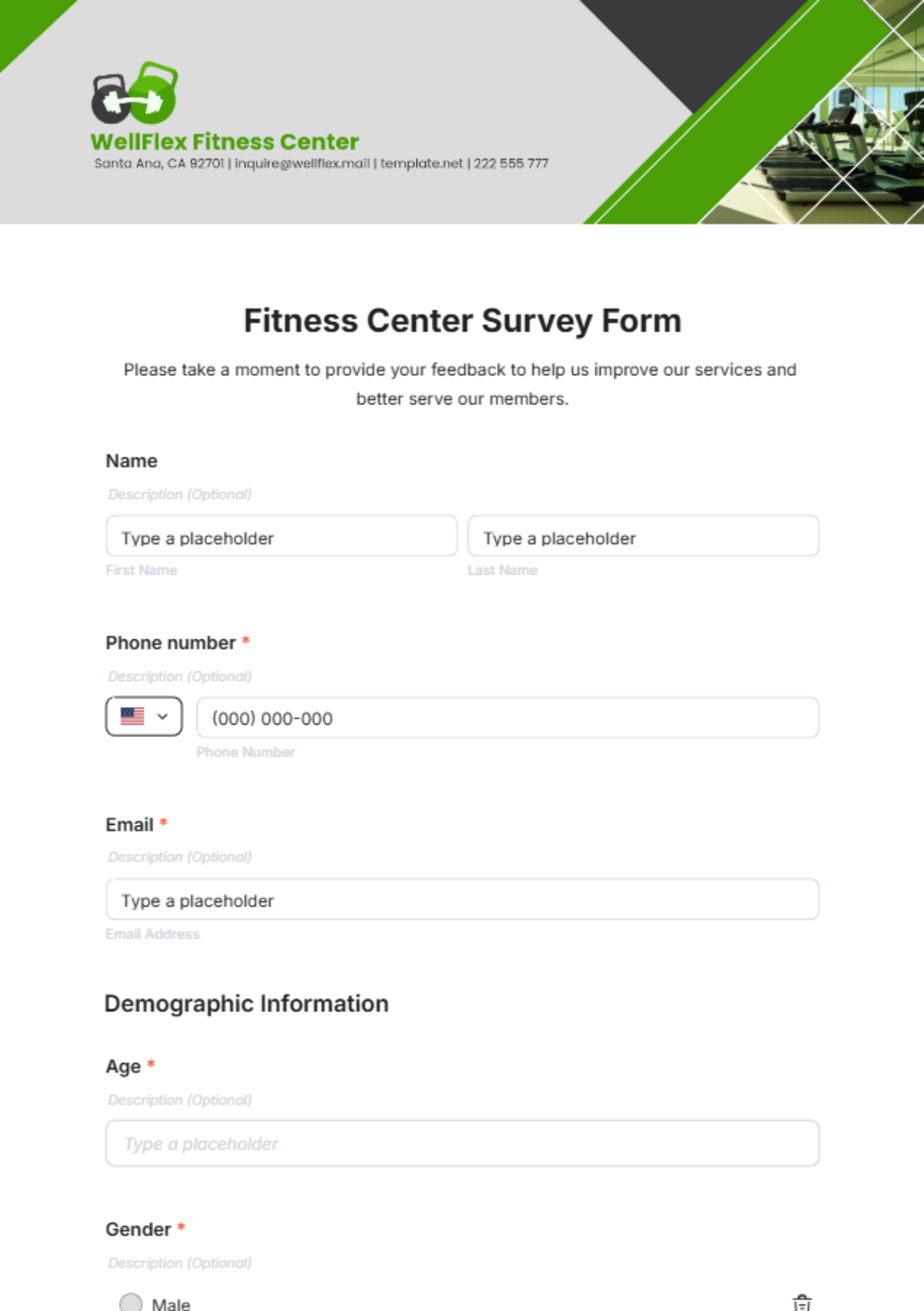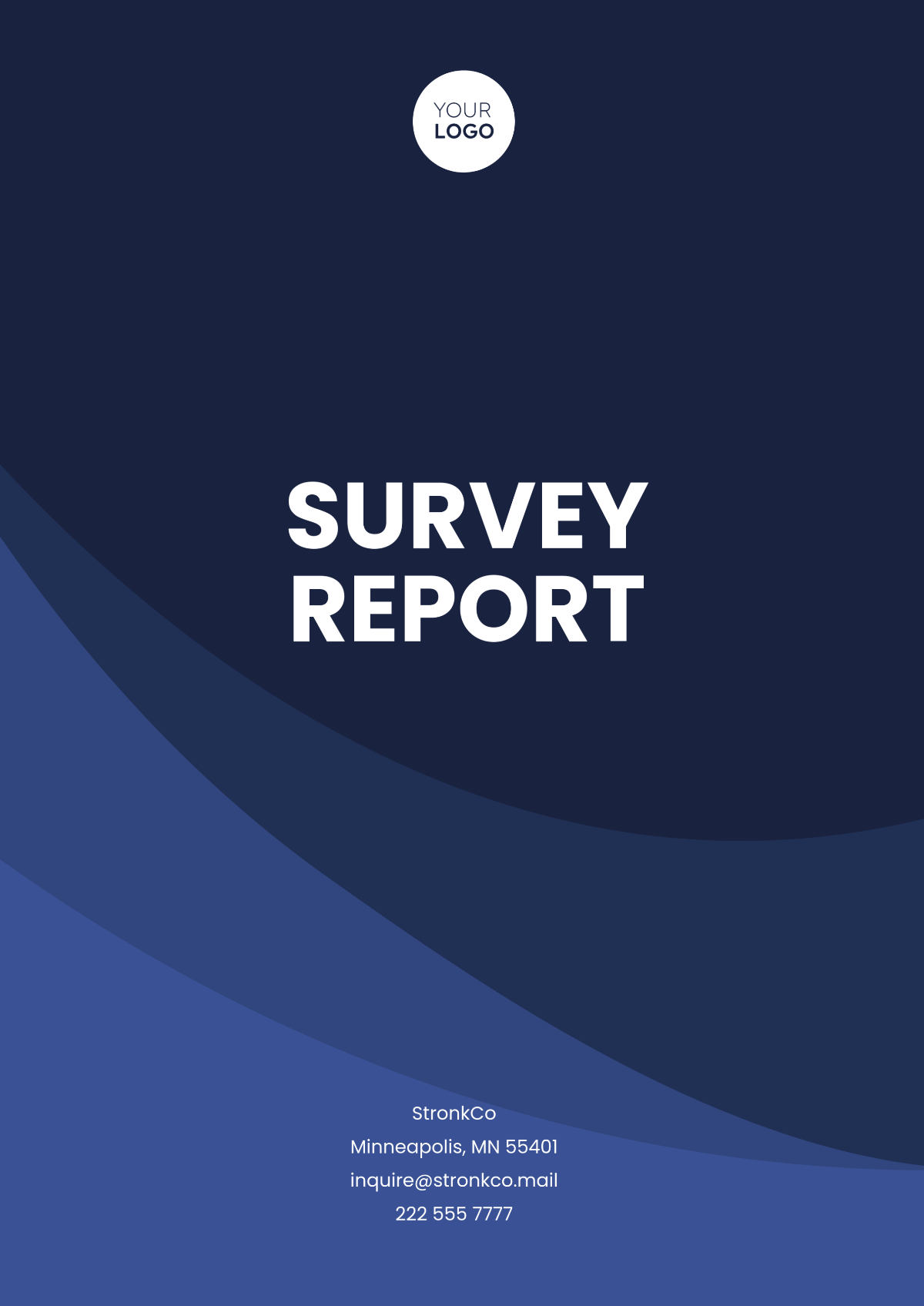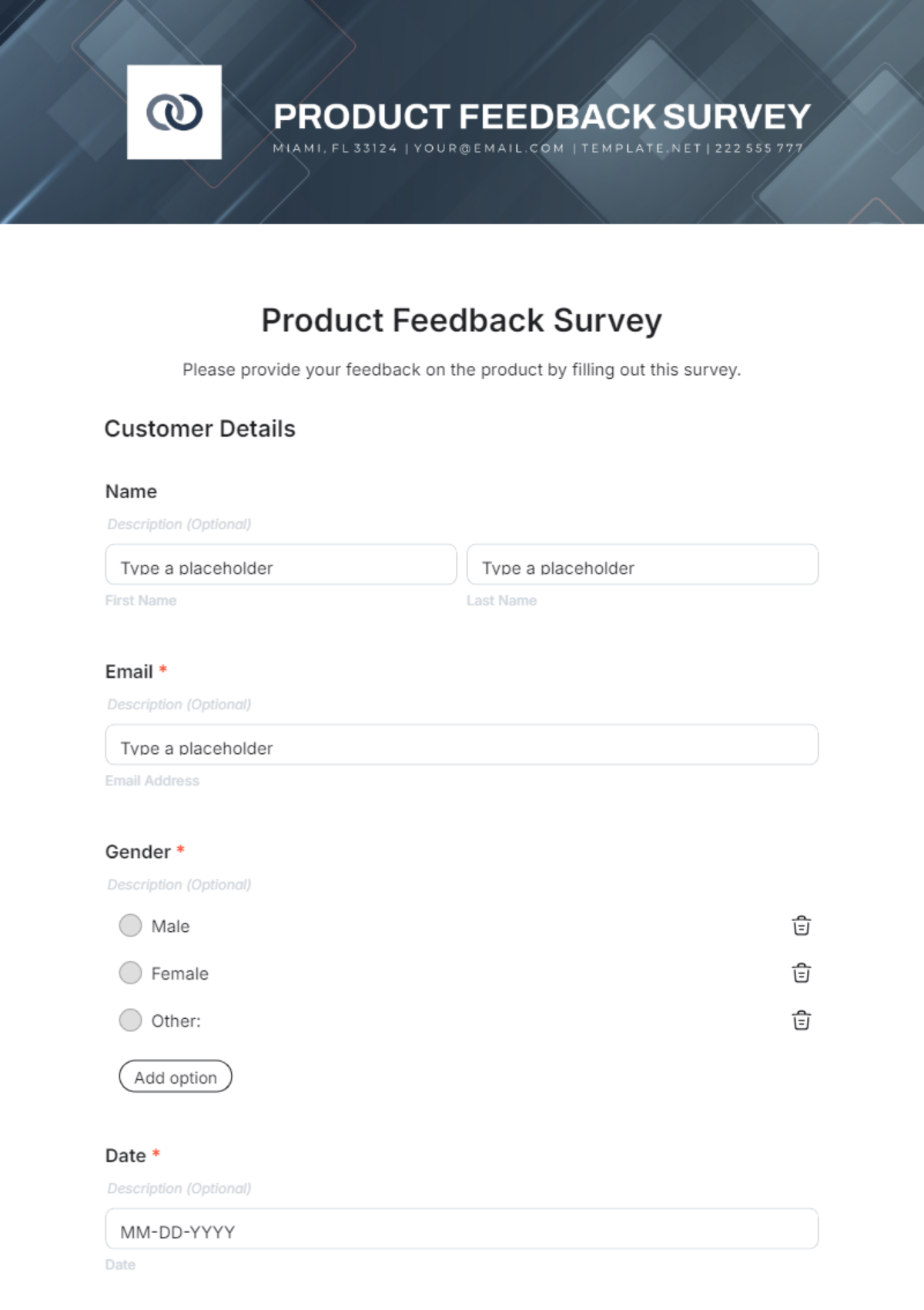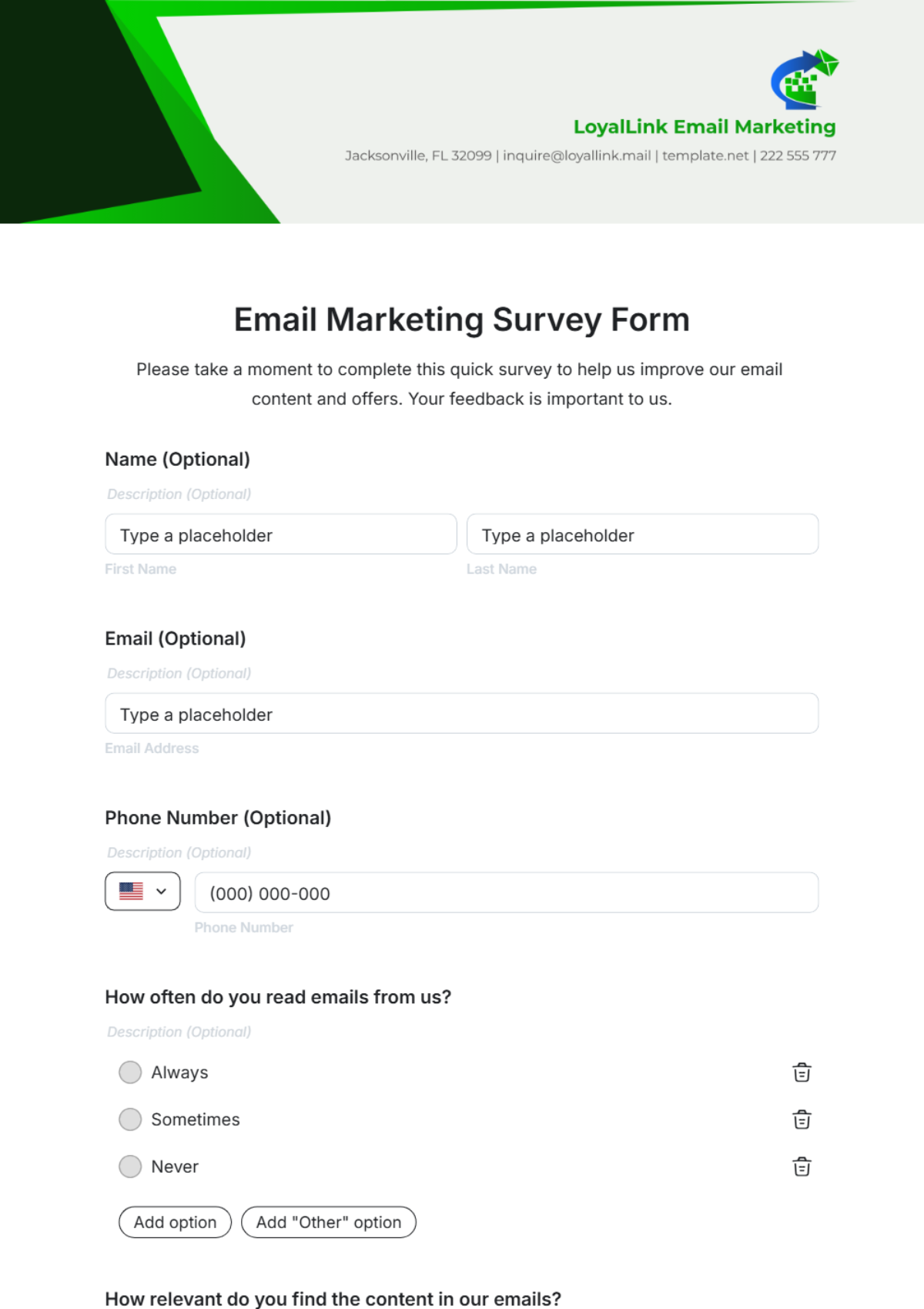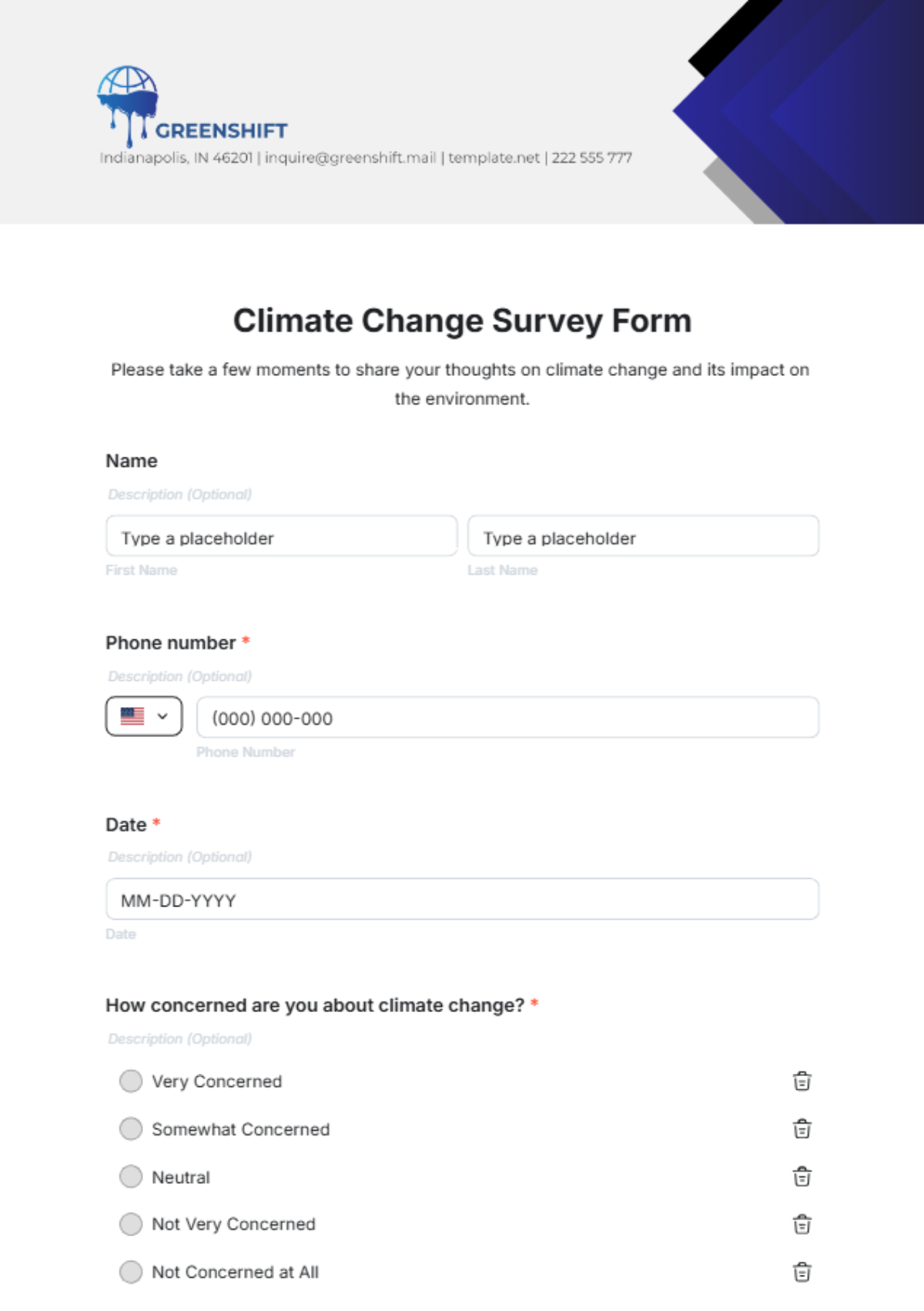Noise Survey Report
Introduction
The purpose of this report is to present the findings of a comprehensive noise survey conducted at the Matchopolis. This survey aims to assess the noise levels across various departments, determine compliance with occupational noise regulations, and recommend appropriate noise control measures.
Methodology
Survey Design
The noise survey was conducted over a one-week period, from March 1 to March 7, 2063. A systematic approach was used to collect data from various locations and to ensure that all possible sources of noise were covered.
Equipment Used
The following equipment was utilized for noise measurement:
Sound Level Meter: Model SL-420
Calibrator: Model CAL-1 for instrument accuracy verification
Personal Noise Dosimeters for employee exposure assessment
Data Collection
Noise measurements were taken during peak operating hours to capture worst-case scenarios. Readings were recorded from several key areas, including production floors, assembly lines, and equipment maintenance areas. Personal noise exposure levels of select employees were also monitored.
Findings
Noise Levels by Department
The table below summarizes the average noise levels recorded in each department compared against the permissible exposure limit (PEL) of 85 dBA.
Department | Average Noise Level (dBA) | Compliance Status |
|---|---|---|
Production | 90 | Non-compliant |
Assembly | 82 | Compliant |
Maintenance | 88 | Non-compliant |
Employee Noise Exposure
Several employees in the production and maintenance departments were found to have noise exposure levels exceeding the safe threshold of 85 dBA. Detailed exposure data are as follows:
Employee A (Production): 89 dBA
Employee B (Maintenance): 87 dBA
Employee C (Assembly): 78 dBA
Peak Noise Sources
The survey identified several significant sources of noise contributing to elevated levels:
Heavy machinery operations in the production area
Power tools used in maintenance activities
Material handling and transport equipment
Recommendations
Engineering Controls
Implementing the following engineering controls is recommended to reduce noise levels:
Enclosing or isolating loud machinery
Regular maintenance of equipment to minimize noise output
Installation of noise-dampening materials in noisy areas
Administrative Controls
The following administrative controls should be enforced:
Schedule regular breaks for employees working in noisy areas
Rotate employees to minimize individual noise exposure
Personal Protective Equipment (PPE)
Provide appropriate personal protective equipment such as earmuffs and earplugs to all employees in non-compliant areas. Regular training on proper usage is also essential.
Conclusion
The noise survey conducted at the Matchopolis highlights the areas where noise levels exceed permissible limits. Immediate attention to noise control measures, including engineering and administrative interventions, is crucial to ensuring employee safety and compliance with noise regulations.

